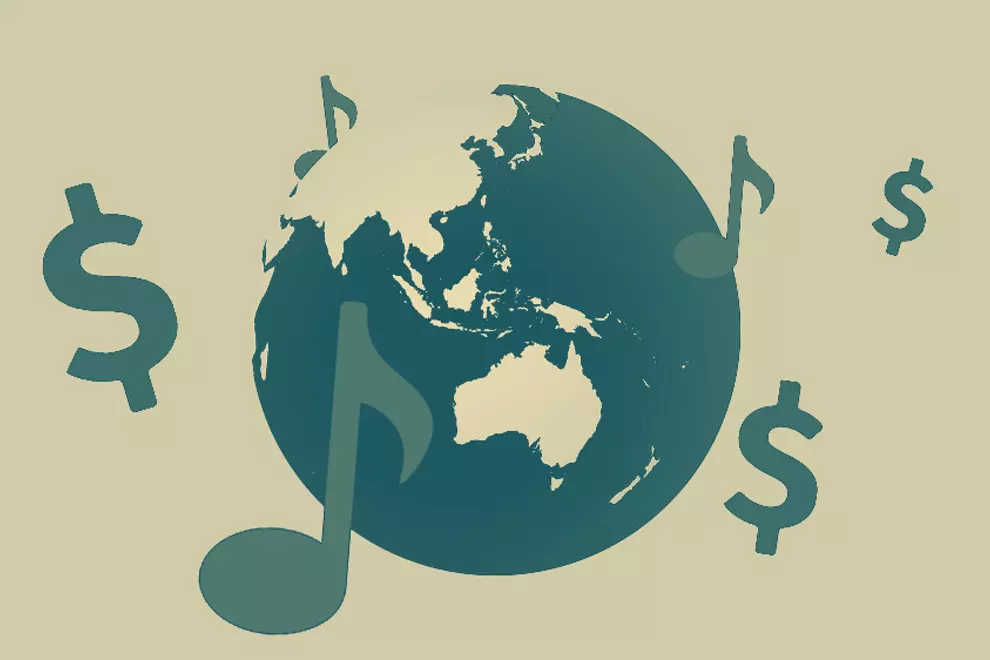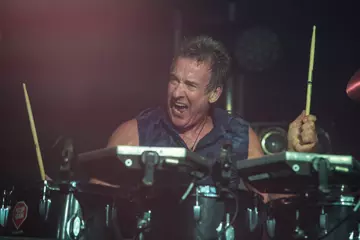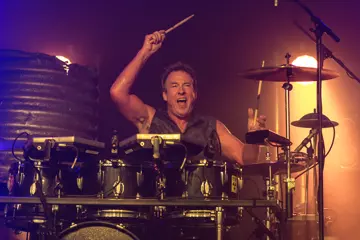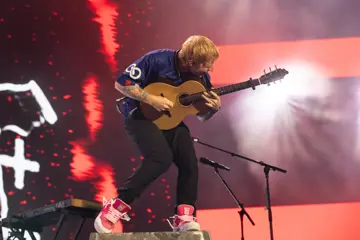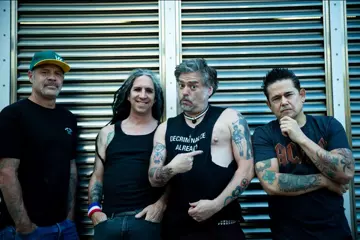It’s political junkie Christmas with the federal budget now out in the wild. There’s the parliamentary speech, the obligatory opposition outrage about too much spending and not enough spending and even a mid-week edition of Insiders. Does it get any better?
Well, that aside, Australia’s music industry is in a deep crisis, so has the government shown they understand the breadth of the issues in this year’s budget papers? Well, yes and no. Last year’s much-celebrated Revive policy saw $286 million earmarked for activities, including the creation of Music Australia and the restoration of arts budget cuts from previous years, so expectations were modest around new announcements.
For artists, more generally, we know that they are some of the lowest-paid workers in the country. So, the broader budget measures, including rent assistance increases and student debt changes, will impact the cost of living for many in our sector, but what about specifics for the arts?
The budget has some specific new arts announcements, including:
$115.2 million to Australia’s eight national arts training organisations
$14.5 million to support the production of Australian children’s screen content
$9.3 million to expand and enhance the National Film and Sound Archive’s capacity to store highly flammable nitrate-based cultural heritage material belonging to our national collecting institutions. These historically significant films and photographic negatives are currently at risk of being lost.
$8.6 million for the Revive Live program to provide essential support to live music venues and festivals showcasing Australian bands and artists – to ensure the long-term sustainability of the live music sector.
$5.2 million to expand and develop the Canberra and Darwin symphony orchestras.
The additional spending for Revive Live replaces the Live Music Australia program, with the funding increasing from $5 million, and will be well received by the industry. The size of the commitment may struggle to impact the dire crisis the industry is facing, with the cancellation of over a dozen festivals in the last six months and smaller music venues currently on their knees, but the industry will see any new money as good money.
Don't miss a beat with our FREE daily newsletter
The Australian Festival Association’s Managing Director Mitch Wilson has welcomed the funding increase, thanking Minister Tony Burke “for this huge increase in funding for music festivals at a time when our industry needs it most.”
ARIA and PPCA CEO Annabelle Herd also acknowledged the Revive Live program in a statement:
“A direct callout in the Federal Budget to support Australian music is a timely and important step toward establishing sustainable careers for local artist on our shores. The commitment to funding for festivals and live music will support a vital channel for discovery, ensuring our talented up and coming artists – as well as our established artists – get in front of new and larger audiences faster."
"We look forward to seeing the findings of the report from the House of Representatives Standing Committee inquiry into the challenges and opportunities within the Australian live music industry, particularly to see how additional policy measures can complement initiatives like Revive Live."
APRA AMCOS CEO Dean Ormston congratulated the minister on his ongoing commitment to the sector and called for a tax offset for the live music sector, noting that Australia has lost over a quarter of its live music venues since the pandemic.
“A tax offset to support the growth of live music would not only be a catalyst for the social and cultural development of live music but would also provide an injection of confidence across the tourism and hospitality economy,” he said.
“The role live music plays in the economic, social, and cultural fabric of Australia cannot be overstated. A healthy live music scene in our cities, suburbs, regional centres, and towns provides a competitive advantage and is the feeding ground for Australia’s fast-growing musical exports.
“When a venue closes and gigs and festivals are cancelled, the artists, DJs, supply chains, and local economies that support live music are affected. There is also that intangible cost when artists are unable to bring communities together, connect with their fans, and when they miss out on the career development that literally can only happen on stage.”
Live Performance Australia Chief Executive Evelyn Richardson has welcomed the new initiatives but also took the opportunity to push the government to go further for the theatre sector.
“As the Albanese Government looks to attract more business investment to Australia in key industries through its ‘Future Made in Australia’ initiative, we urge it to consider the opportunity to boost investment in our live theatre sector through a scheme of tax incentives to offset production costs.
“These incentives would be a real game changer, driving new investment in the creativity and capability of our live theatre sector on and off our stages and bringing more new works and Australian stories to audiences in theatres around the country”.
One would assume the organisation would have similar aspirations for the contemporary live music sector.
With 2/3 of the Revive Live program (to support the whole of Australia’s live sector) being pledged to expand symphony orchestras in Canberra and Darwin alone and around twelve times the budget for performing arts training organisations, it is unclear whether the government understands the breadth of the immediate problem.
The mammoth task bestowed on Music Australia to solve will be a challenge with such a modest budget increase; however, with no specific government contemporary music body to attack the problem at all just two years ago, the sector is at least in a far better position to advocate for and tackle the crisis.
Eyes will now be on State budgets to see what additional funds can be unlocked, particularly for local venues that are experiencing an extinction-level event.
The arts and creative industries are worth $122.3 billion to the national economy, so it’s a massive and growing part of our future. The Future Made In Australia industrial policy is worth over $15 billion to reshape Australia’s economic future, focusing on manufacturing, minerals and other industries. Now is the time the music industry needs transitional assistance to continue to grow its expanding place in Australia’s 21st-century export story and protect its place at the heart of Australian culture.

